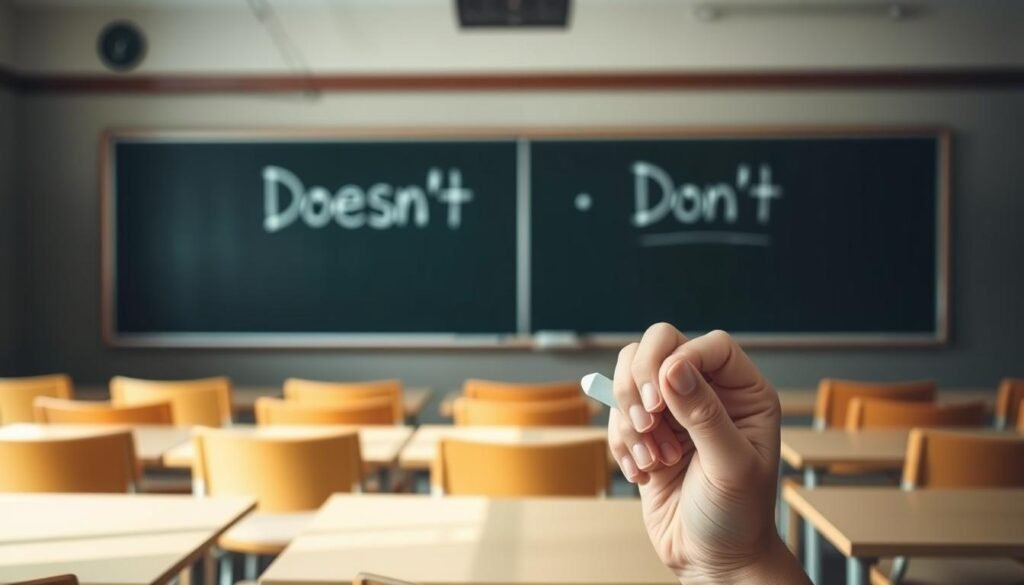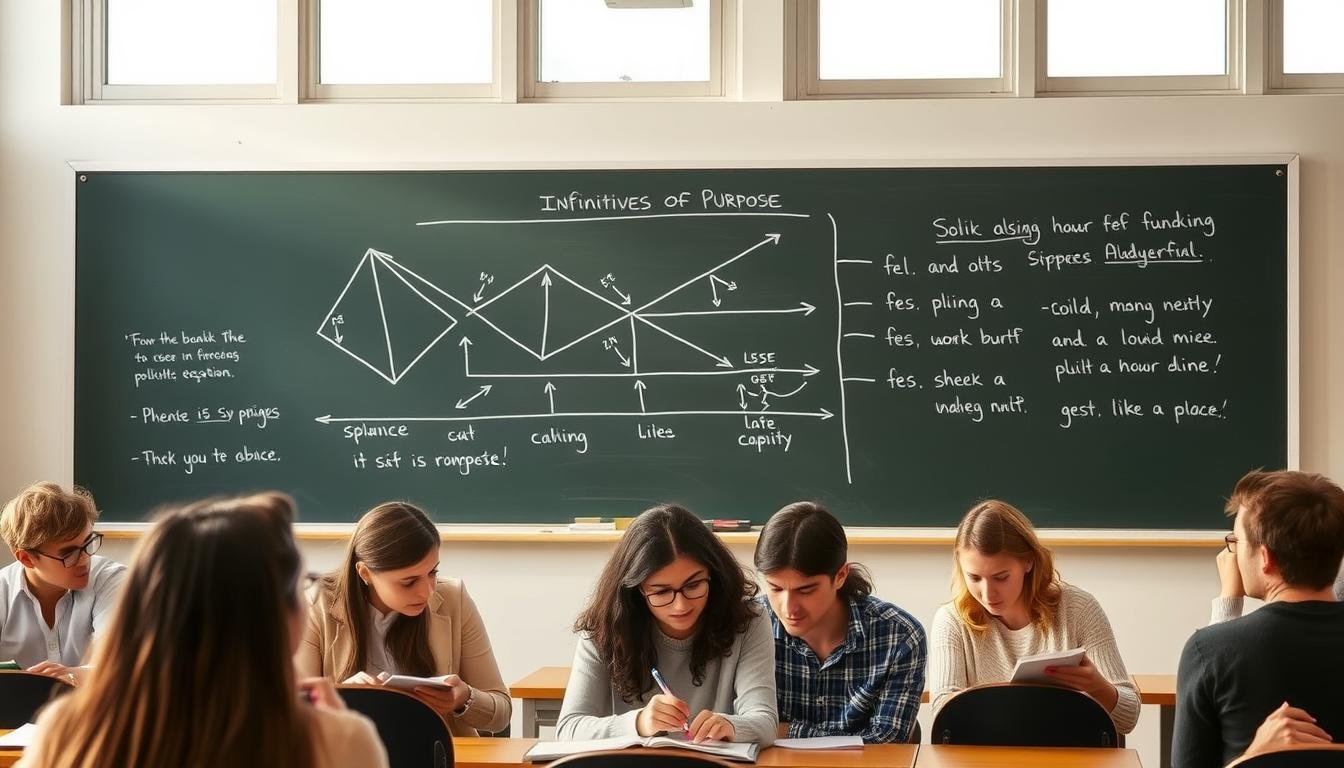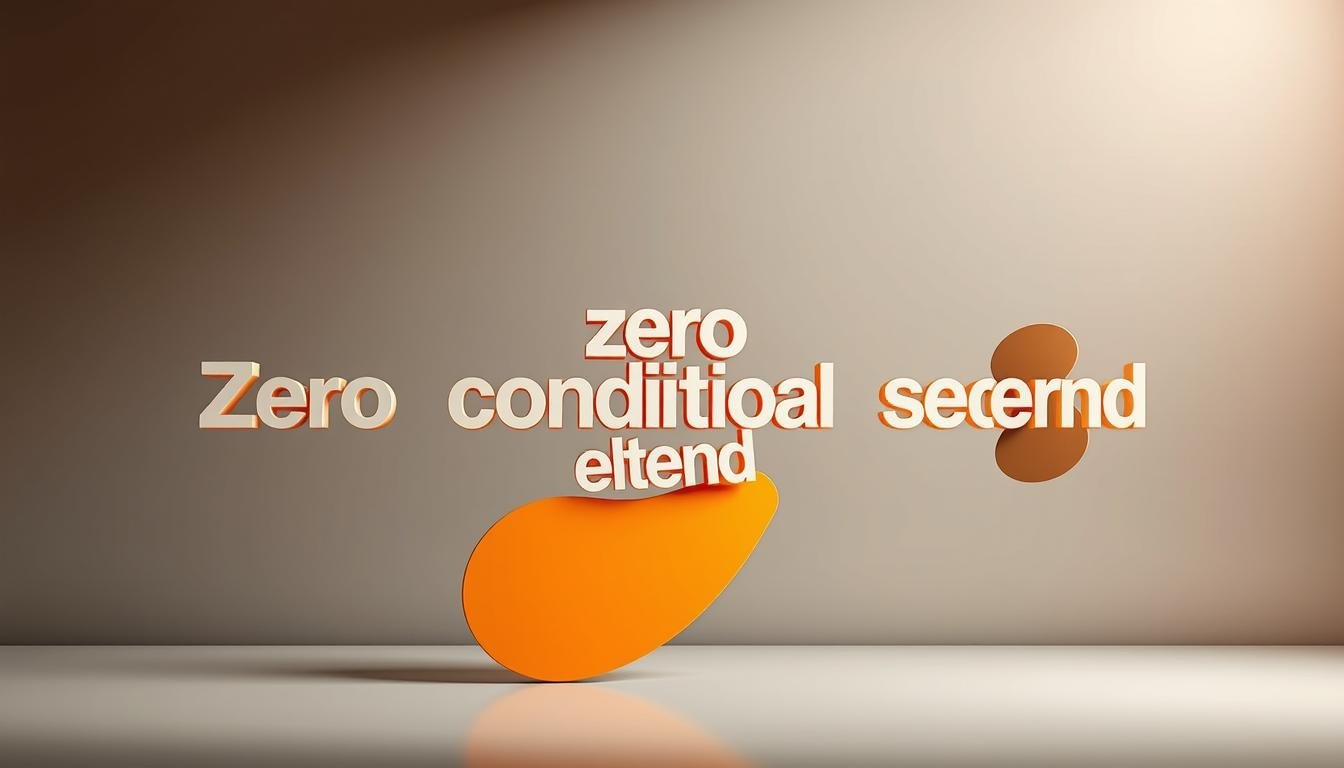Now Reading: Present Simple Explained: Everyday English Made Easy
-
01
Present Simple Explained: Everyday English Made Easy
Present Simple Explained: Everyday English Made Easy

Present Simple Explained: Everyday English Made Easy
Why do English learners often mix up “goes” and “go” when talking about daily routines? The answer lies in mastering the present simple tense. This guide breaks down the english grammar rule that forms the backbone of everyday communication. From stating facts like “Water boils at 100°C” to routines like “She walks the dog every morning,” the present tense is essential for clarity and accuracy.

Key Takeaways
- Present simple expresses habits, facts, and general truths.
- Mastering it improves fluency in speaking and writing.
- Verb conjugation rules change for third-person singular (he/she/it).
- Used with time expressions like “every day” or “on weekends.”
- Forms the base for understanding more complex tenses.
Understanding the Present Simple Tense
Learning the verb tense system begins with the Present Simple. It’s the core of basic level English. It helps us talk about what we do every day and facts that are always true.
What Is the Present Simple?
This tense uses the base form of verbs for most subjects. For example: “She reads books” or “Water boils at 100°C.” It doesn’t use past or future markers. Instead, it focuses on things that are always true and actions we do regularly.
Why Is It Important in English?
In English grammar, the Present Simple is the first thing learners learn. Without it, we can’t talk about our daily routines or facts. It connects words to sentences, making our language clear.
Where You’ll Encounter Present Simple Daily
- Conversations: “I go to school every day.”
- Recipes: “Mix ingredients until combined.”
- News headlines: “The sun rises in the east.”
- Signs: “Bicycles ride on this path.”
The Present Simple is simple but very important. You’ll find it in books, signs, and even news headlines. It shows how crucial it is for anyone learning basic level English.
The Three Main Uses of Present Simple
The present simple has three main usage cases in elementary grammar. These rules help us use the tense right in speaking and writing.
- Habits and routines
- Examples: “She reads books before bed.” “They eat breakfast at 8 a.m.”
- Shows actions done regularly.
- Facts and truths
- Examples: “Paris is the capital of France.” “2+2 equals 4.”
- States information that doesn’t change.
- Universal statements
- Examples: “Apples grow on trees.” “Fish swim in water.”
- Describes general principles or behaviors.
| Use Case | Sentence | Type of Information |
|---|---|---|
| Habit | He practices guitar daily. | Routine activity |
| Fact | Water freezes at 0°C. | Scientific truth |
| General truth | Birds migrate seasonally. | Universal behavior |
“Mastery of present simple usage unlocks clear communication,” says language experts. “It forms the backbone of everyday conversation.”
Knowing these three usage patterns strengthens elementary grammar basics. Learners should practice to get better at using them naturally.
Forming Positive Sentences in Present Simple
Learning conjugation rules begins with knowing how forms change for different subjects. The present tense uses base verbs for most pronouns. But, third person singular needs adjustments.
Regular Verb Conjugations
Verbs stay the same for I, you, we, and they. Here are examples:
- I run every morning
- You study English daily
- We visit museums often
The Third Person Singular Rule
He/She/It needs an -s or -es ending. Here are some tips:
- Most verbs add -s (She writes)
- Verbs ending with consonant + y change to -ies (baby → babies)
- Verbs ending with -s, -sh, -ch, -x, -z, o add -es (watch → watches)
Irregular Verbs in Present Simple
Exceptions like be and have change uniquely. Look at the table below:
| Subject | Be verb | Have verb |
|---|---|---|
| I | am | have |
| You/We/They | are | have |
| He/She/It | is | has |
These forms show irregular verbs don’t follow standard conjugation rules. Always check verb charts for exceptions.
Creating Negative Statements with Don’t and Doesn’t
Learning to make negative statements in the present simple tense is key. You need to know how english grammar turns actions into negatives. The main parts are the helpers don’t (for I, you, we, they) and doesn’t (for he, she, it). Then, you add the base verb without an -s.
Just remember:
Subject + don’t/doesn’t + base verb. For example:
- She doesn’t work evenings.
- They don’t travel by train.

Here are some examples to help you understand: “The library doesn’t open until 9 AM” or “We don’t use cash here”. Don’t make mistakes like double negatives (e.g., “She doesn’t eat nothing” is wrong) or adding -s after doesn’t (e.g., “He doesn’t goes” is wrong). Always use doesn’t with third-person singular subjects.
Look at the difference between positive and negative forms. For instance:
Positive: “Maria sings beautifully” vs. Negative: “Maria doesn’t sing today”. Try to figure out when to use don’t or doesn’t in sentences about daily routines, habits, or preferences.
How to Ask Questions Using the Present Simple
Asking questions in the present simple is key for everyday talk. It helps you feel more confident when talking about what you do every day. Let’s look at how conjugation rules help shape question forms, keeping it simple.
Yes/No Questions Structure
To make yes/no questions, just flip the subject and do/does verbs. The main verb doesn’t change:
- Do you study French? (plural or singular “you”)
- Does he teach piano? (third person singular)
Answers are straightforward: “Yes, I do” or “No, they don’t.”
Information Questions with Wh-Words
Wh-words (what, where, when, why, how) lead questions, followed by auxiliary verbs:
| Question Type | Structure | Example |
|---|---|---|
| Location | Where + does/ do + subject + base verb? | Where does your team meet? |
| Time | When + do/does + subject + base verb? | When do you wake up? |
Question Word Order Rules
Remember, do/does always goes after wh-words. The main verb is in its base form:
Incorrect: Why work do you prefer?
Correct: Why do you prefer this job?
Practice these conjugation rules to get better at interviews or everyday talks.
Common Adverbs Used with Present Simple
Adverbs and time expressions make present simple sentences clearer. They add details about how often and when things happen. These words turn simple sentences into detailed descriptions of daily routines.

Frequency Adverbs (Always, Never, Sometimes)
Words like always, usually, and never tell us how often something happens. Most adverbs go between the subject and the main verb. But, there are exceptions with “to be”:
- She always arrives early. (correct)
- They never eat junk food. (correct)
- He is often late. (after “to be”)
Time Expressions (Every Day, On Mondays)
Phrases like every day or in the mornings connect actions to specific times. They highlight the regular nature of present simple:
- Students study every afternoon. (regular schedule)
- The train arrives at 9:15 AM. (fixed timing)
- We gather on Sundays for dinner. (recurrent events)
Using adverbs and time expressions with examples helps learners understand sentence meaning. Knowing how to use these words ensures we can clearly talk about our daily lives and universal truths.
Present Simple vs. Present Continuous: Key Differences
Learning about verb tenses like present simple and present continuous is key. It makes our messages clear. Let’s look at how they differ.
| Aspect | Present Simple | Present Continuous |
|---|---|---|
| Use | Habits, facts, routines | Current actions, temporary states |
| Structure | Subject + base verb (+ -s for third person) | Subject + am/is/are + verb-ing |
| Example | “She reads books daily.” | “She is reading a novel now.” |
Choosing the right tense is important. Use always, never, every day for present simple. For present continuous, pick now, currently, at the moment. Getting this wrong can lead to confusion.
- Present simple mistakes: *”I am knowing English.” (Incorrect stative verb use)
- Present continuous errors: *”She drinks coffee now.” (Fails to use “is drinking” for current action)
Knowing the difference helps avoid mistakes. Practice spotting clues like time phrases. This will help you use each tense correctly.
Mastering Present Simple Through Practice Exercises
Regular practice of the present simple improves your basic level english. Start with easy tasks and move to harder ones. Here are some ways to use what you’ve learned:
- Fill-in-the-Blank Drills: Fill in sentences like “She ___ (work) at a bank” with the right verb form.
- Sentence Transformations: Change statements into negatives or questions. For example, “They eat sushi” becomes “They don’t eat sushi.”
- Error Correction Tasks: Find mistakes in sentences like “He go to school every day.”
Use real-life situations to test your skills. Try these examples:
| Exercise Type | Sample | Answer |
|---|---|---|
| Fill-in-the-blank | My cat ___ (sleep) all day. | slept → sleeps |
| Question Form | She enjoys hiking → Does she enjoy hiking? | Does she enjoy hiking? |
“Practice daily, even for 10 minutes. Consistency builds confidence.”
Make exercises a part of your daily routine. Write about your daily habits, schedules, or hobbies using the present simple. Keep track of your progress by fixing mistakes and reviewing your work. Remember, getting better takes time and effort.
Conclusion: Incorporating Present Simple into Your English Journey
Learning the present simple tense is key to basic English skills. It’s used for daily talks, habits, and facts. By using its rules, you lay a solid foundation for more complex English.
Third-person verb endings and auxiliary verbs can be tricky. But, writing about your daily life helps. For example, saying, “She walks the dog every morning,” or asking, “Does he teach math?” makes the rules clear.
Understanding present simple is a step towards learning more complex tenses. Use apps like Duolingo or Grammarly for practice. Join language groups to apply what you’ve learned in real life.
Practice every day to get better. Start with simple sentences and add more complexity as you get better. Aim to write five sentences a day to see progress.
Learning a language is a journey with small steps leading to big achievements. Don’t worry about mistakes. With effort, the present simple will become easy, making your conversations clearer and more confident. Keep practicing to reach your English goals.
FAQ
Q: What is the Present Simple tense?
A: The Present Simple tense is used for habits, facts, and general truths. It’s a key part of English and helps us communicate well.
Q: How is Present Simple used in everyday language?
A: We use Present Simple for routine actions and facts. For example, saying “She drinks coffee every morning” shows a habit.
Q: What are the conjugation rules for Present Simple?
A: For subjects like “I” and “we,” we use the verb’s base form. For “he” and “she,” we add -s or -es. For example, “They play” and “He plays.”
Q: How do I create negative statements in Present Simple?
A: To make negatives, use “do not” (don’t) for “I,” “you,” “we,” and “they.” Use “does not” (doesn’t) for “he,” “she,” and “it.” For example, “I don’t like tea” and “She doesn’t watch TV.”
Q: What structure is used to form questions in Present Simple?
A: Questions use “do” or “does” followed by the subject and verb. For example, “Do you play soccer?” and “Does he work here?”
Q: What are common adverbs used with Present Simple?
A: Adverbs like “always,” “usually,” and “sometimes” are used with Present Simple. They show how often actions happen. For example, “She always reads before bed.”
Q: How can one distinguish between Present Simple and Present Continuous?
A: Present Simple is for habits and facts. Present Continuous is for actions happening now. For example, “I walk to work” (Present Simple) versus “I am walking to work” (Present Continuous).
Q: What are some examples of common mistakes in Present Simple?
A: Mistakes include wrong verb forms with “he” and “she,” like “He go to school” instead of “He goes to school.” Also, using double negatives.
Q: How can I practice using Present Simple effectively?
A: Practice by filling in blanks with the right verb forms. Change sentences from positive to negative or questions. Also, write about your daily activities in Present Simple.
Q: Why is it important to master Present Simple?
A: Mastering Present Simple is key for speaking English fluently. It helps us talk about daily actions, routines, and facts, which are essential for good communication.






























